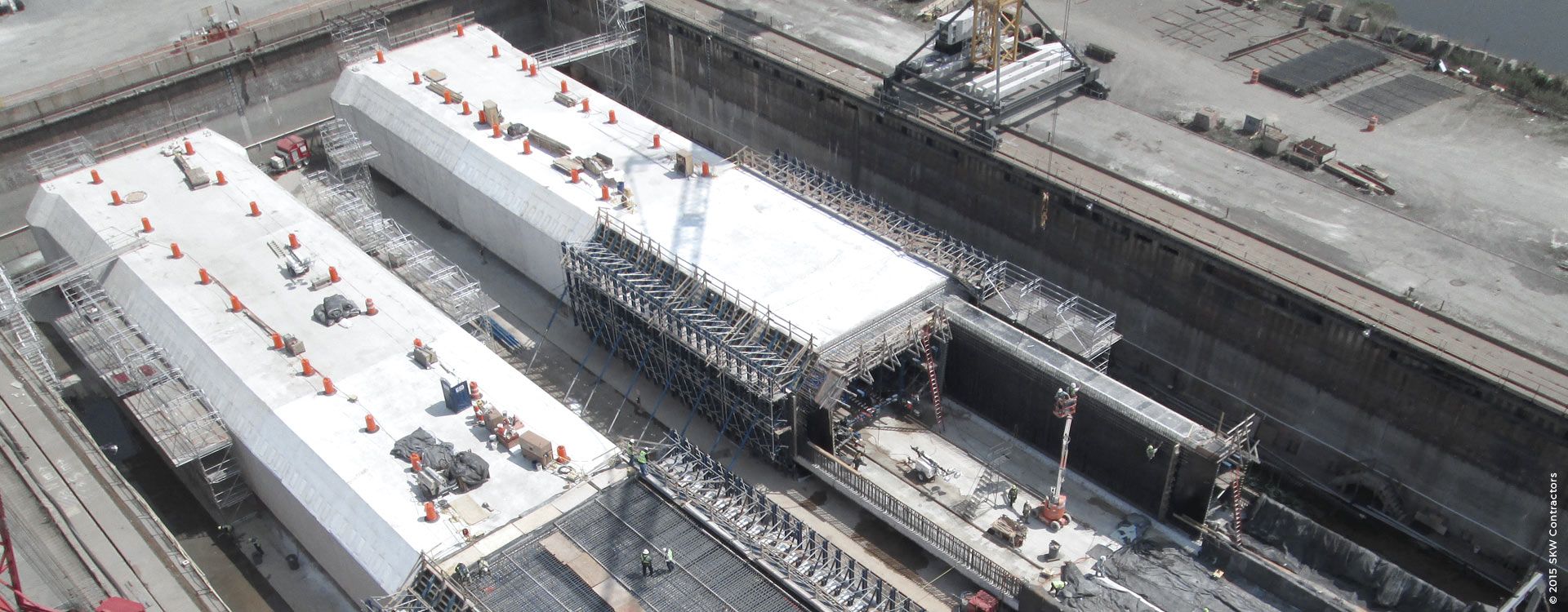WSP has pushed the limits of tunnelling technology with landmark projects that shaped the course of tunnel engineering and defined industry practice. Our achievements over more than 130 years cover every aspect of tunnels from program management to design and construction management. We serve clients in the rail, highway, offshore/maritime, utilities, and power and energy industries. Our designs have resulted in record-setting advances with tunnel boring machines (TBMs) .
At WSP, we have been involved with multiple immersed tunnel projects on all continents, in a variety of ground conditions, and we have been at the forefront of this technology since its earliest years, including the design and construction of the Detroit-Windsor Tunnel between US and Canada in 1930, the first crossing between two countries under international water, where we have been serving as the Owner’s Engineer ever since.
Putting our immersed tunnels experience to work for you
Immersed tunnels consist of very large pre-cast concrete or concrete-filled steel tunnel elements fabricated in dry docks and then installed underwater. They are first fabricated in convenient elements in dry docks, shipyards, or in improvised floodable basins, sealed with bulkheads at each end, and then floated into their final position where they are immersed, lowered into a prepared trench, and joined to previously placed tunnel elements. Immersed tunnels elements are then backfilled, and the bottom seabed reinstated.
There are two main types of immersed tunnel: steel and concrete tunnel elements. Steel elements use structural steel, usually in the form of stiffened plates, working compositely with the interior concrete as the structural system. Concrete elements, on the other hand, rely on steel reinforcing bars or prestressing cables. WSP is one the few firms in the world who have experience with both types of immersed tube tunnels. Our research and development programs have produced tools of the trade, including our tunnel engineering handbook and practical guide to tunnelling beneath open water which are considered to be authoritative resources for tunnel design, risk management, and site investigation guidance worldwide.





